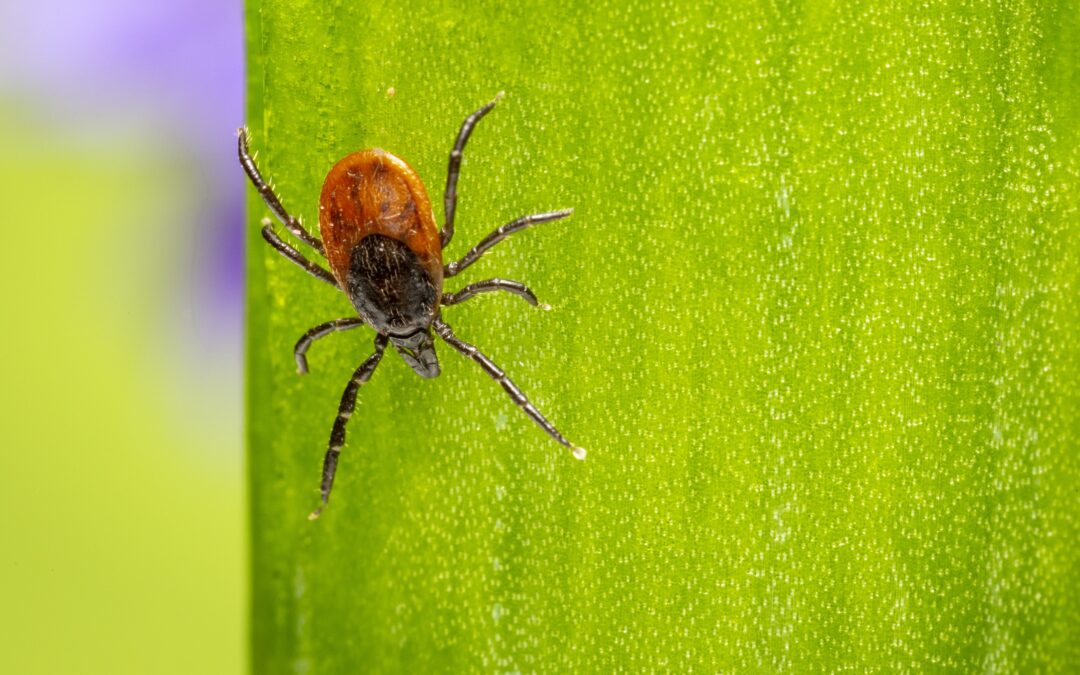Lime vs. Lyme
It’s May. Nicer weather. Time to get outdoors, get the yard ready for the summer months and maybe enjoy key lime pie or a fizzy drink with lime. It’s also Lyme disease prevention month for both animals and people. In the lime vs. Lyme competition, one is definitely preferable to the other.
Lyme Disease
Its diagnosis is worrisome because Lyme disease can be disabling to both pets and humans. Lyme disease is what’s known as a zoonotic disease, which means both animals and humans can contract it. They don’t contract it from each other, though. The only way to contract Lyme disease is through the bite of an infected tick.
Lyme disease is named after Lyme, CT, the town where numerous cases were discovered in 1975. It’s transmitted through the bite of a deer tick and is contracted when a tick climbs onto its host’s body during an outdoor activity. Lyme disease is especially prevalent in some areas of New England, the Midwest, and some parts of California.
Dogs, cats, and horses are all susceptible to Lyme disease. Pets who have it may be asymptomatic for anywhere from two to five months after they’re bitten. After that, the following symptoms can appear:
- Stiff joints
- Lameness or limping
- Fever
- Listlessness or lethargy
- Loss of appetite
- Joint swelling
Lyme disease can even lead to kidney failure and neurological, or cardiac problems in dogs. Horses may develop neurological diseases, eye problems, or a skin condition called dermatitis. Lyme disease can be very disabling if left undetected and untreated.
Treatable
Lyme disease is treatable if diagnosed properly. The first line of treatment is a 30-day course of antibiotics. However, that may not be completely effective. Additional antibiotics or other therapies may be needed to treat Lyme disease in your pet.
More Importantly, It’s Preventable
Lyme disease in pets is preventable, and prevention is much better than a cure. Preventive measures can include:
- Medications designed specifically for tick prevention
- Mowing your lawn
- Trimming your shrubs
- Avoiding grassy, wooded areas
- Checking your pet for ticks
- Vaccinating against Lyme disease
You can discuss vaccination against Lyme disease with your vet to see if your pet is a good candidate for it.
You should also check your pet daily for ticks. After they’ve been outdoors, you should check them thoroughly for ticks, especially in the following areas:
- On the neck especially around the collar
- Groin
- Belly
- Ears
- Tail
- Backs of legs
If found, it’s important to remove the entire tick using a pair of fine-point tweezers or a tool designed specifically for tick removal. They ensure your best chance of removing the tick in its entirety.
Homey Gnome Veterinary Clinic
Homey Gnome Veterinary Clinic in Oakdale, MN can help keep your pet healthy and well this summer. Call us at 651-202-3388 or email homeygnomevet@gmail.com so we can help you find the right preventative medication for your pet and decide whether vaccination against Lyme disease is appropriate for them. We can help you remove ticks that are deeply embedded. If needed, we can create a treatment protocol for your pet should they contract Lyme disease, but, with the proper prevention, we hope that never happens.
Image credit:


